Introduction

In the realm of technological advancements, few innovations have captured the imagination quite like Neuralink’s brain chip. Founded in 2016 by Elon Musk, Neuralink aims to merge the human brain with artificial intelligence, revolutionizing the way we interact with technology. Recently, the company achieved a significant milestone as the first human received an implant from Neuralink, marking a pivotal moment in neuroscience and human-machine interaction.
Table of Contents
The Birth of Neuralink: Pioneering Brain-Computer Interface Technology
Neuralink’s journey began with a bold vision: to develop a brain-computer interface that enables seamless communication between the human brain and external devices. Musk’s fascination with the human brain’s potential and his desire to enhance cognitive abilities spurred the creation of Neuralink. Since its inception, the company has been at the forefront of research and innovation in neuroscience, pushing the boundaries of what’s possible.
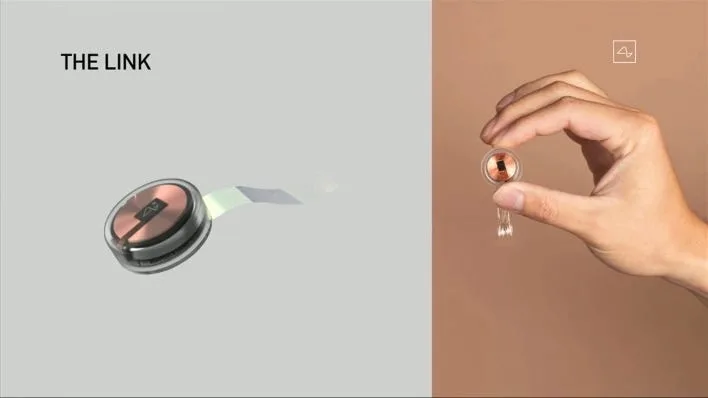
Inside Neuralink’s Human Trials: A Milestone in Neuroscience
The recent announcement of the first human trials conducted by Neuralink marks a monumental achievement in the field of neuroscience. The recipient of the brain implant is reported to be recovering well, with initial results showing promising neuron spike detection. This groundbreaking development opens new avenues for understanding the intricacies of the human brain and lays the foundation for future advancements in brain-computer interfaces.
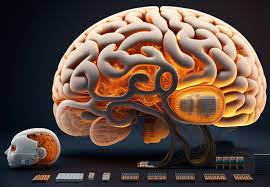
How Does the Brain Chip Work?
At the heart of Neuralink’s technology lies the brain chip, a sophisticated device designed to interface with the human brain. The implantation process involves inserting the chip into the brain using a specialized surgical robot, ensuring precision and accuracy. Once implanted, the brain chip is capable of detecting neuron spikes and transmitting signals to an external device, such as a smartphone or computer.
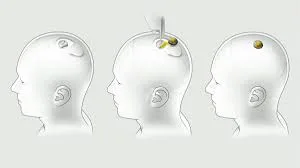
One of the key features of Neuralink’s brain chip is its wireless charging capability, eliminating the need for cumbersome battery replacements. This innovation streamlines the user experience and ensures continuous functionality without interruption. Moreover, the brain chip’s integration with the brain’s neural network enables seamless communication, paving the way for mind-controlled devices and applications.
Controlling Machines with Your Thoughts: The Promise of Neuralink’s Technology
Imagine being able to control your smartphone or computer simply by thinking. With Neuralink’s technology, this futuristic concept is becoming a reality. The company’s first product, aptly named “Love You,” allows users to interact with their devices using only their thoughts. By harnessing the power of brain-computer interfaces, Neuralink is empowering individuals to overcome physical limitations and enhance their digital interactions.
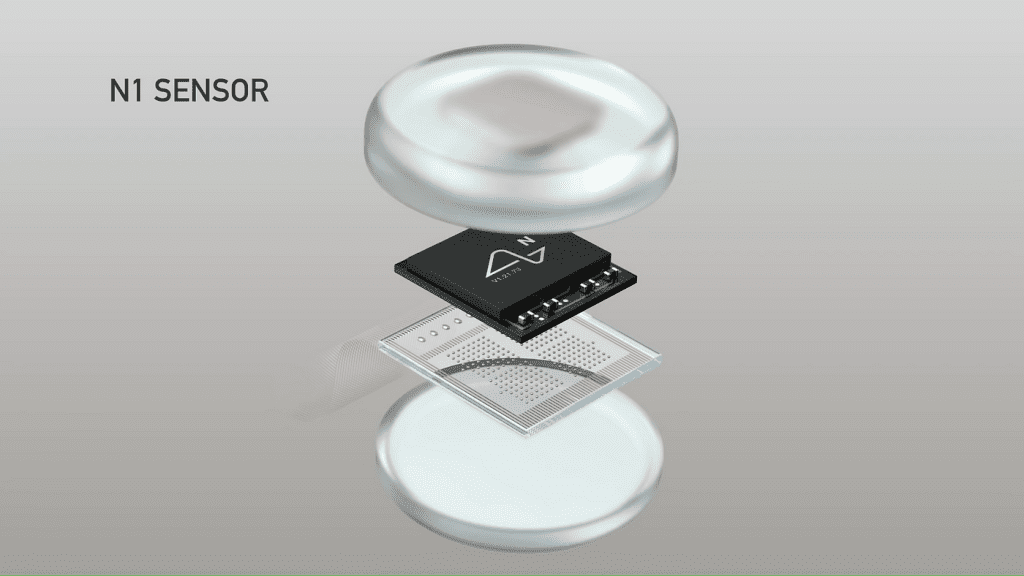
Beyond controlling personal devices, Neuralink’s technology has far-reaching implications for various industries. From healthcare to gaming, the ability to interface directly with the human brain opens up endless possibilities for innovation and advancement. Whether it’s enabling paralyzed individuals to regain mobility or enhancing cognitive abilities, Neuralink’s brain chip holds the potential to reshape the way we interact with the world around us.
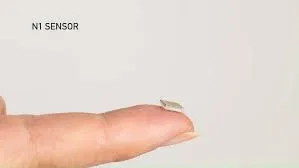
Challenges and Ethical Considerations
As with any groundbreaking technology, Neuralink’s brain chip raises important ethical considerations. The ability to read and interpret thoughts raises concerns about privacy and data security. Additionally, the potential for misuse or manipulation underscores the need for responsible innovation and regulation. It is imperative that as we explore the possibilities of brain-computer interfaces, we do so with caution and mindfulness of the ethical implications involved.
Beyond Human Limitations: Unlocking the Potential of Brain-Computer Interfaces
Looking ahead, the future of Neuralink’s brain chip technology is filled with promise and potential. Beyond its immediate applications, such as controlling devices and enhancing communication, brain-computer interfaces have the power to transcend human limitations. From unlocking new insights into the mysteries of the brain to revolutionizing the way we learn and communicate, Neuralink’s technology represents a paradigm shift in human evolution.
Conclusion:
In conclusion, Neuralink’s brain chip is not just a technological innovation; it’s a glimpse into the future of humanity. By merging man and machine, Neuralink is rewriting the rules of interaction and ushering in a new era of possibility. As we navigate the opportunities and challenges presented by brain-computer interfaces, let us do so with a sense of wonder, responsibility, and reverence for the boundless potential of the human mind. For more information, so please visit these links.
Will Brain Chip Implants Enable “Thought Police”?,
Elon Musk wants to merge humans with AI. How many brains will be damaged along the way?
Elon Musk’s Neuralink shows monkey with brain-chip playing videogame by thinking
Neuralink Wants to Wire Your Brain to the Internet–What Could Possibly Go Wrong?
Frequently Asked Questions (FAQs) About Neuralink’s Brain Chip
1. What is Neuralink’s brain chip?
Neuralink’s brain chip is a revolutionary device designed to create a direct interface between the human brain and external technology. It consists of a sophisticated implant that is surgically inserted into the brain, allowing for seamless communication and control of devices using neural signals.
2. How does the brain chip work?
The brain chip works by detecting neuron spikes in the brain and translating them into digital signals that can be interpreted by external devices. These signals are then used to control various functions, such as operating a smartphone or computer, through thought alone.
3. What are the potential applications of Neuralink’s brain chip?
The potential applications of Neuralink’s brain chip are vast and varied. They include assisting individuals with physical disabilities to regain mobility, enhancing communication for those with speech impairments, and enabling new forms of human-machine interaction in fields such as gaming, healthcare, and education.
4. How safe is the implantation process?
Neuralink’s brain chip implantation process is performed using specialized surgical robots to ensure precision and minimize risks. The procedure is conducted by highly trained medical professionals in controlled environments, following strict safety protocols to mitigate any potential complications.
5. Can the brain chip be removed or replaced?
The brain chip is designed to be permanent once implanted, and removal is not a straightforward process. However, Neuralink has developed the technology to wirelessly charge the device, eliminating the need for battery replacements. This minimizes the need for future interventions and ensures continuous functionality.
6. What ethical considerations are associated with Neuralink’s brain chip?
Ethical considerations surrounding Neuralink’s brain chip primarily revolve around issues of privacy, consent, and potential misuse of neural data. As with any advanced technology, there is a need for robust regulations and ethical guidelines to safeguard individual rights and ensure responsible innovation.
7. Are there any risks or side effects associated with the brain chip?
While Neuralink’s brain chip undergoes rigorous testing to ensure safety, like any medical procedure, there are inherent risks involved. Potential side effects may include infection, tissue damage, or neurological complications. However, Neuralink continuously refines its technology to minimize these risks and enhance user safety.
8. How does Neuralink address concerns about data security?
Neuralink prioritizes data security and privacy by implementing encryption protocols and strict access controls to safeguard neural data. Additionally, the company adheres to stringent privacy policies and transparency practices to maintain trust and accountability with users and stakeholders.
9. What is the future of Neuralink’s brain chip technology?
The future of Neuralink’s brain chip technology holds immense promise for advancing human capabilities and reshaping society. As research and development continue, we can expect to see further innovations in brain-computer interfaces, opening up new possibilities for enhancing communication, cognition, and quality of life for individuals worldwide.
10. How can individuals participate in Neuralink’s trials or access the technology?
Currently, Neuralink’s trials are limited to select participants, and access to the technology is not yet widely available. However, as the technology matures and regulatory approvals are obtained, Neuralink aims to make its brain chip accessible to individuals who can benefit from its transformative capabilities. Interested parties are encouraged to stay updated on Neuralink’s developments and future opportunities for participation.

